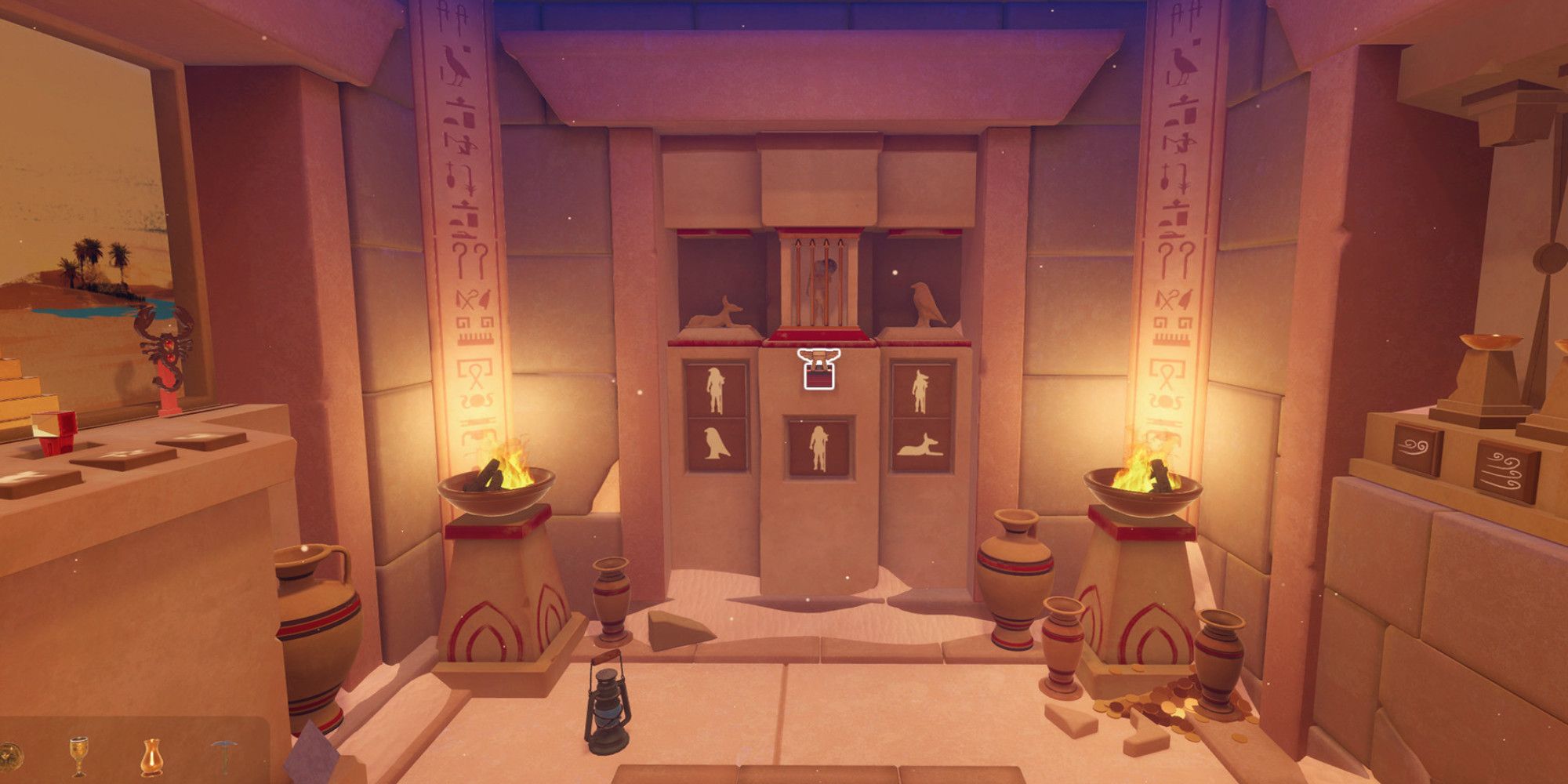Escape Rooms were all the rage until the pandemic snuffed them out entirely. Places like Escape Game pivoted to virtual experiences where groups could play real-life escape rooms over Zoom using a surrogate, but a lot of the fun of solving puzzles gets lost when you can’t be there in person. VR has stepped up with a number of phenomenal escape room games like Flow Weaver and The Room VR: A Dark Matter, but those are solo experiences. The only virtual escape room that manages to capture the in-person experience is a game called Escape Simulator, which launched on Steam earlier this year. Escape Simulator is a co-op puzzle game for up to eight players that challenges you to escape a room as quickly as possible. It’s a great way to catch up with friends over the holidays or do some team-building with your coworkers. It’s also an opportunity to see who isn’t smart enough to, say, arrange three cubes from smallest to largest. We’re all just here to see who has the biggest brain, right?
Escape Simulator does a lot of things we’ve seen before from other escape room games, but it adds some clever mechanics that help support the cooperative nature of the game. Each level consists of five rooms that are thematically connected. The first five are Egypt-themed, then space, then a mansion, and finally a corporate office. The rooms are surprisingly small, no more than 10x10 feet, which may give you the illusion that they’re easy to escape. Fortunately, the rooms are much more than they seem. While there are some straightforward puzzles here and there, there are plenty of head-scratchers in each room that will put your skills - and friendships - to the test.
Related: I Have No Mouth And I Must Scream Is The Perfect Game To End The Year
In real-life escape rooms, teams can gather around clues and objects to investigate them and try to come up with a solution together. That’s not so easy to do in a video game, especially once you start trying to manage five or more different objects at the same time. Rather than implement an archaic trading system for passing items between players, Escape Simulator has a much smarter way of sharing inventories. Anytime one person examines an object the rest of the players can see them holding that object up and manipulating it in 3D. If you approach them, you can join in on the examination and see exactly what they’re seeing, almost as if both players are sharing a screen. This way, multiple people can examine clues at the same time rather than passing it around until everyone has had a chance to look at it. You can also see every player’s inventory on their belt, so it's easy to keep track of who has what item.
Escape Simulator can be played solo, and only a few puzzles are changed in multiplayer to accommodate multiple people. This turns out to be a strength because it allows everyone to explore and try to solve puzzles on their own. Cooperation can still make puzzles faster and easier to solve, but there’s not a lot of room for quarterbacking. You can all focus on the same puzzle or split up and do your own thing, and the game is flexible enough to accommodate you either way.
It may seem like a simple puzzle game, but Escape Simulator is a huge step forward for virtual escape rooms. It manages to eliminate a lot of the friction that other escape room games suffer from and in doing so creates a much better parallel to real-life escape games. It even has a level editor if you’re keen to make your own escape rooms to test your friends. Just don’t make them too hard. It’s fun to escape from rooms with your friends, but I draw the line at trapping them in one.

